Muscle relaxants can be a vital component in managing pain associated with muscle spasms and other musculoskeletal conditions. Understanding their use, benefits, and potential risks can help you make informed decisions about your health. Here are six essential facts about muscle relaxants for pain relief.
1. Types of Muscle Relaxants
Muscle relaxants are classified into two main categories: antispasmodics and antispastics.
- Antispasmodics: These are commonly prescribed for acute musculoskeletal conditions. They help relieve muscle spasms and discomfort.
- Antispastics: Used primarily for conditions like multiple sclerosis or cerebral palsy, these relaxants help manage muscle stiffness and spasticity.
Tips:
- Always consult with your healthcare provider to determine which type is appropriate for your condition.
- Understand the specific purpose of your prescribed muscle relaxant to optimize its use.
2. Common Uses of Muscle Relaxants
Muscle relaxants are often prescribed for various conditions, including:
- Back pain: Helps in alleviating muscle spasms caused by strains or sprains.
- Neck pain: Effective in reducing muscle stiffness and tension.
- Fibromyalgia: Assists in managing widespread muscle pain and tenderness.
- Chronic conditions: Beneficial for long-term management of conditions like multiple sclerosis and cerebral palsy.
Tips:
- Combine muscle relaxants with physical therapy and other treatments for comprehensive pain management.
- Follow your doctor’s guidance on the duration of use to avoid dependency.
3. Potential Side Effects
Like all medications, muscle relaxants come with potential side effects, which can vary based on the specific drug and individual response. Common side effects include:
- Drowsiness
- Dizziness
- Dry mouth
- Fatigue
- Nausea
Tips:
- Monitor your body’s reaction when you start a new muscle relaxant and report any adverse effects to your doctor.
- Avoid activities that require full alertness, such as driving, when you first start taking a muscle relaxant.
4. Dosage and Administration
The dosage of muscle relaxants can vary significantly depending on the specific medication, the condition being treated, and the patient’s overall health.
- Follow Prescription Instructions: Always take muscle relaxants exactly as prescribed by your healthcare provider.
- Do Not Self-Adjust Dosage: Increasing or decreasing your dose without consulting your doctor can lead to serious complications.
Tips:
- Use a medication tracker app to remind you of your dosage times.
- Store your medication in a safe place to avoid accidental misuse.
5. Interactions with Other Medications
Muscle relaxants can interact with other medications, leading to increased side effects or reduced efficacy. Common interactions include:
- Alcohol: Can enhance drowsiness and dizziness.
- Sedatives: Combined use can significantly increase sedation.
- Certain antidepressants: May increase the risk of side effects.
Tips:
- Inform your healthcare provider about all the medications and supplements you are currently taking.
- Avoid alcohol and be cautious with over-the-counter medications that may cause drowsiness.
6. Non-Pharmacological Alternatives
While muscle relaxants are effective, they are not the only option for managing muscle pain. Consider integrating non-pharmacological alternatives into your pain management plan, such as:
- Physical therapy: Tailored exercises can strengthen muscles and improve flexibility.
- Massage therapy: Helps in reducing muscle tension and promoting relaxation.
- Heat and cold therapy: Effective in alleviating pain and reducing inflammation.
Tips:
- Discuss a holistic pain management plan with your healthcare provider.
- Regularly review your treatment plan to ensure it remains effective and appropriate for your needs.
Conclusion
Muscle relaxants can be a valuable tool in managing pain and improving quality of life for those with musculoskeletal conditions. By understanding the types, uses, potential side effects, and interactions, you can use these medications safely and effectively. Always consult with your healthcare provider to tailor a treatment plan that best suits your individual needs. For more information and to explore muscle relaxant options, visit Norexmeds.
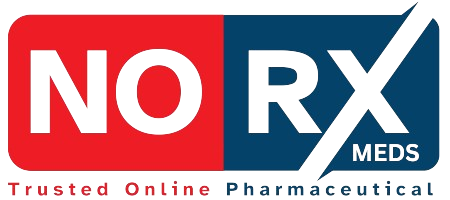
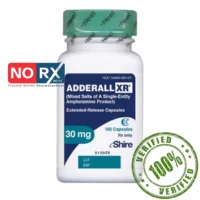

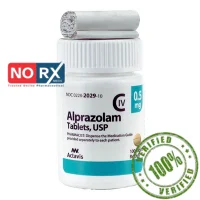
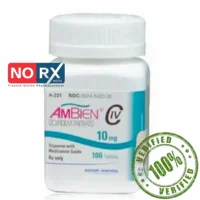
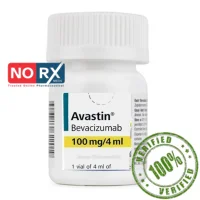

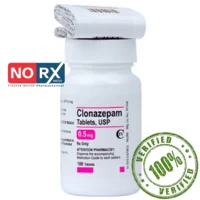

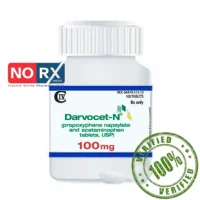
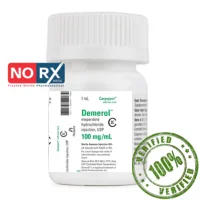
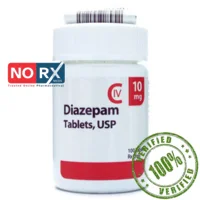
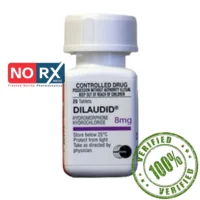
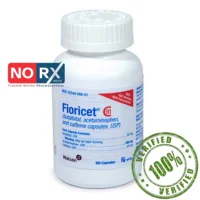
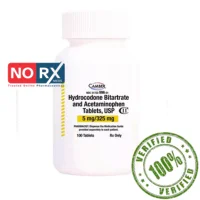
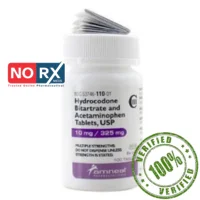
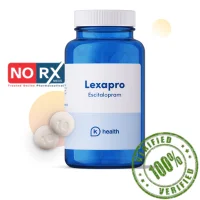
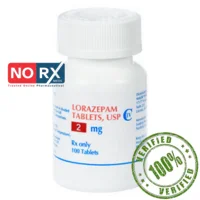
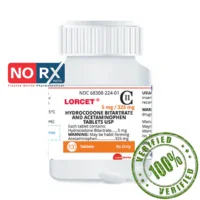
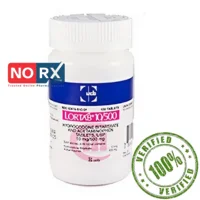
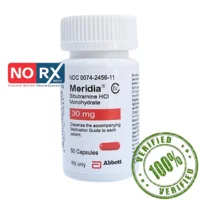
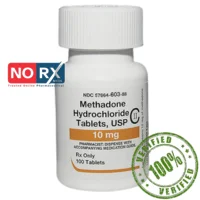
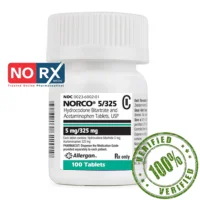
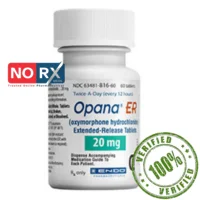
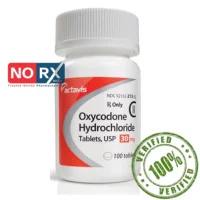
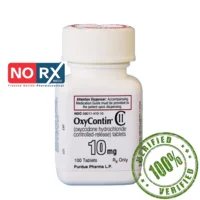

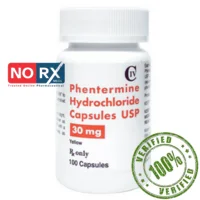
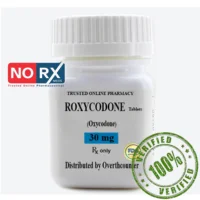

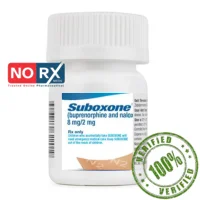
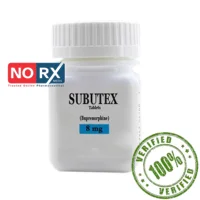
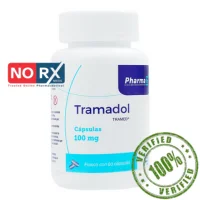
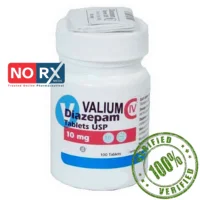



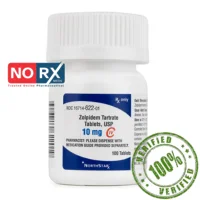
Leave a Reply